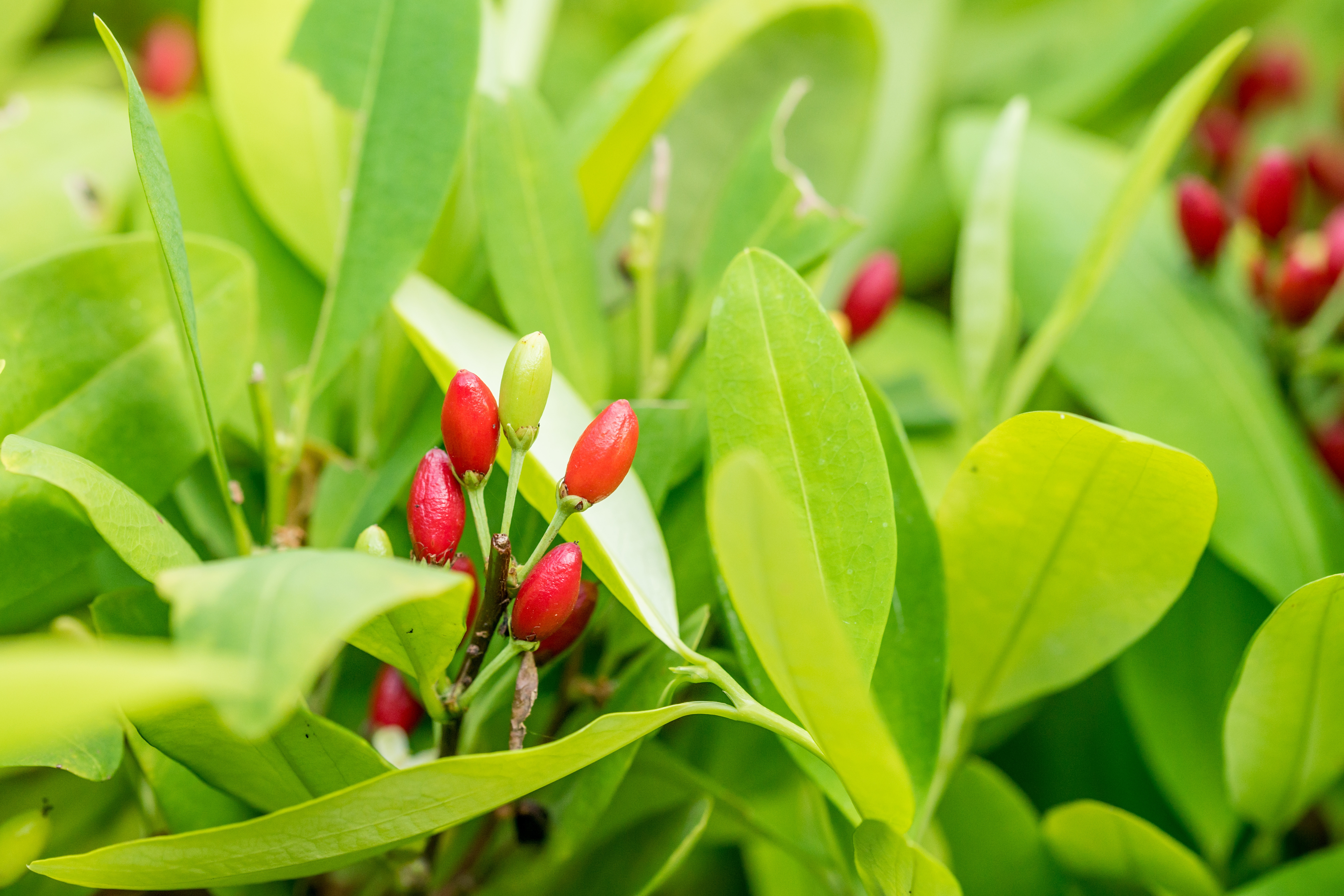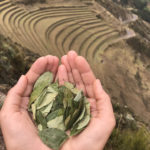Most of us know Coca plant from cocaine, also known as coke, a strong stimulant mainly used as a recreational drug.
Despite the bad press cocaine has brought to this amazing plant, its medicinal properties are so unique and worth knowing.
Coca plant use dates back to pre-Inca civilisation. The habit of using the leaves as an analgesic in the Andean area goes back at least to the year 6000 BC and continues to be common among the current indigenous groups of the serranias, high plateaus and plains of Bolivia, Peru and Argentina.
Uses of coca in traditional medicine
- The infusion of coca leaves in a cup of boiling water, is excellent against digestive tract disorders, stomach pain, stomach cramps, indigestion, and diarrhoea.
- Coca has a great anti-inflammatory and antibacterial properties and is used to alleviate infections and some forms of conjunctivitis as well as dysentery.
- Coca is well known to help altitude sickness by increasing the body’s blood-oxygen carrying capacity in a way that is similar to erythropoietin (EPO), a hormone produced primarily by the kidney in response to hypoxia (a lower-than-normal concentration of oxygen in arterial blood). However, this hormone can be artificially produced to improve the performance of for example, athletes by increasing endurance and therefore is illegally used as a blood doping method in sports competitions.
As a synthetic drug EPO has numerous side effects including headache, hypertension, venous and arterial thromboses, Diarrhoea, Nausea, Vomiting. Coca plant however has been used for centuries by indigenous South Americans and it is known to be safe when used as a natural whole plant.
- Coca also helps stimulating the immune system and works well as an adaptogenic herb (adaptogens increase the body’s ability to resist the damaging effects of stress and promote or restore normal physiological functioning) due to its high content in micronutrients (vitamins and minerals) and also macronutrients ( proteins and carbohydrates ).
- Coca high content in proteins alongside various vitamins and minerals makes it
a useful and safer appetite-suppressant and good weight loss aid in combination with healthy diet and lifestyle.
- Coca has a known lowering effect on cholesterol and triglycerides as well as a blood sugar lowering effect which makes it an ideal support for people with diabetes.
- Coca improves blood circulation, enhancing mental faculties as well as physical performance.
- As an adaptogenic herb, it helps the body dealing with physical and emotional stress and reduces its burden on the adrenals glands.
- Coca is a good analgesic and anaesthetic.
- It is believed to be one of Inca’s secrets for enduring construction in highly inaccessible places as they did not use slaves in contrast to other civilisations such as the Egyptians.
The risk of developing addiction with the use of mate de coca (coca tea) is only theoretical and has not been documented with the traditional use of the plant, because it would require ingesting more than 500 cups to obtain one gram of cocaine. This would take such a long time, that it would not be possible to reach the required concentrations for psychostimulant effects.
Unfortunately because this plant is banned for medicinal use from most of the world except in some south American countries (Bolivia, Peru, Columbia) where it is considered as heritage, there are no available data or research supporting the properties discussed above.
However we do know from 1975 Harvard university study about the biochemical composition of the plant which explains some of its benefits. There is also a lot to learn from indigenous South Americans in Peru and Bolivia where the cultivation and commercial use of the plant is legal to allow it medicinal and folklore use to continue.



